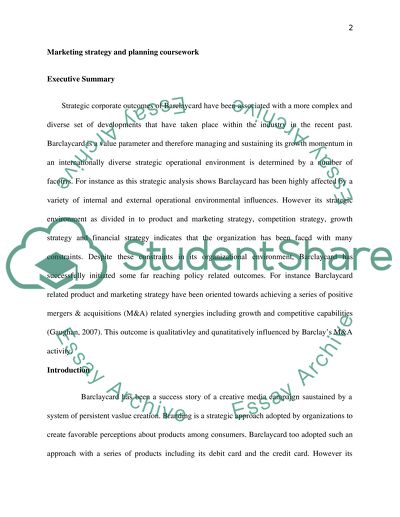Cite this document
(“Barclaycard's Marketing Case Study Example | Topics and Well Written Essays - 3250 words”, n.d.)
Barclaycard's Marketing Case Study Example | Topics and Well Written Essays - 3250 words. Retrieved from https://studentshare.org/marketing/1524077-barclaycards-marketing
Barclaycard's Marketing Case Study Example | Topics and Well Written Essays - 3250 words. Retrieved from https://studentshare.org/marketing/1524077-barclaycards-marketing
(Barclaycard'S Marketing Case Study Example | Topics and Well Written Essays - 3250 Words)
Barclaycard'S Marketing Case Study Example | Topics and Well Written Essays - 3250 Words. https://studentshare.org/marketing/1524077-barclaycards-marketing.
Barclaycard'S Marketing Case Study Example | Topics and Well Written Essays - 3250 Words. https://studentshare.org/marketing/1524077-barclaycards-marketing.
“Barclaycard'S Marketing Case Study Example | Topics and Well Written Essays - 3250 Words”, n.d. https://studentshare.org/marketing/1524077-barclaycards-marketing.


